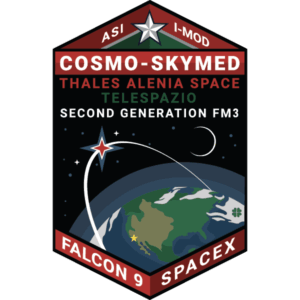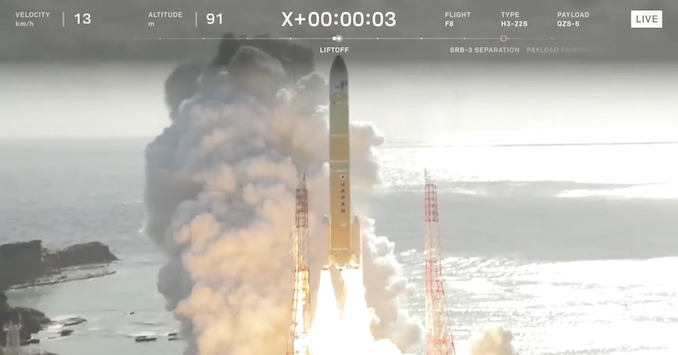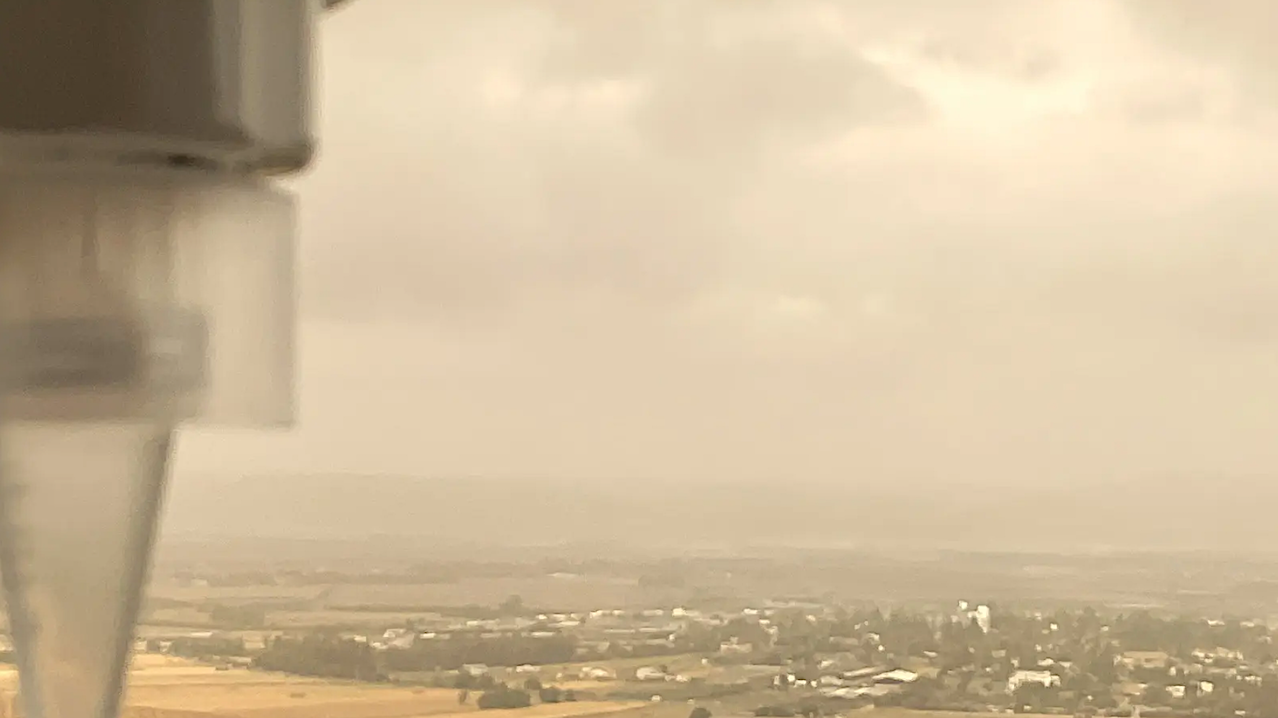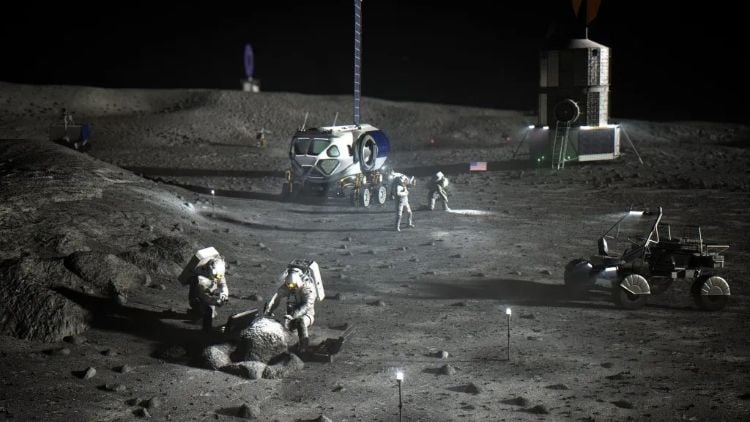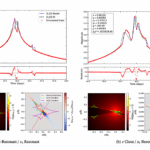Now Reading: Live coverage: NASA, SpaceX to launch Cargo Dragon on a mission to boost space station orbit
-
01
Live coverage: NASA, SpaceX to launch Cargo Dragon on a mission to boost space station orbit
Live coverage: NASA, SpaceX to launch Cargo Dragon on a mission to boost space station orbit
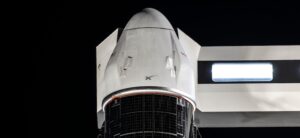
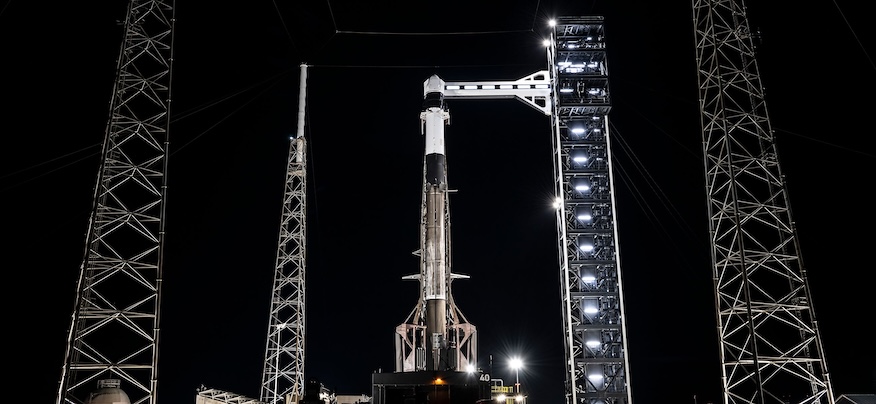
NASA and SpaceX are preparing to embark on a unique cargo resupply mission to the International Space Station. The Dragon spacecraft set to launch in the predawn hours of Sunday morning features a new propulsion system inside its unpressurized trunk.
This addition will allow the spacecraft to boost the orbit of the space station, keeping it in its desired orbit and taking some of the workload off the Russian Progress vehicles and the station thrusters. NASA is having SpaceX perform this operation as part of its multi-year strategy preparing for the end of the ISS’ operation in low Earth orbit.
“The hardware located inside the trunk of Dragon contains an independent propellant system, separate from the spacecraft, to fuel two Draco engines using existing hardware and propellant systems,” said Bill Spetch, operations integration manager for NASA’s International Space Station Program, during a prelaunch teleconference on Friday.
“The boost kit will help sustain the orbiting lab’s altitude starting in September with a series of burns planned periodically throughout the Fall of 2025.”
Liftoff of SpaceX’s 33rd Commercial Resupply Services (CRS-33) mission to the ISS is scheduled for Sunday, Aug. 24, at 2:45 a.m. EDT (0645 UTC). Dragon will fly atop a Falcon 9 rocket from Space Launch Complex 40 at Cape Canaveral Space Force Station.
Spaceflight Now will have live coverage beginning about an hour prior to liftoff.
The 45th Weather Squadron forecast a 70 percent chance for favorable weather during the instantaneous launch window. Its main concerns were related to cumulus clouds and lightning in the vicinity of the pad.
Meteorologists also noted that the booster recovery weather will be at a moderate risk level on a scale of low-moderate-high.
“A slight risk of isolated offshore thunderstorms will continue into the early morning hours,” launch weather officers wrote on Saturday. “Vertical wind shear is anticipated to be very weak, with westerly flow aloft advecting offshore anvil development eastward, away from the spaceport.”
SpaceX will launch the mission using its Falcon 9 first stage booster with the tail number B1090, which will fly for a seventh time. Its previous missions included Crew-10, Bandwagon-3 and O3b mPOWER-E.
More than 8.5 minutes after liftoff, B1091 will target a landing on the SpaceX droneship, ‘A Shortfall of Gravitas,’ positioned in the Atlantic Ocean. If successful, this will be the 121st landing on this vessel and the 492nd booster landing to date.
The Dragon capsule, serial number C211 will be flying for a third time, following the launches of CRS-26 in November 2022 and CRS-29 in November 2023. The spacecraft is loaded with more than 5,000 pounds of science and supplies.
It’s scheduled to remain docked to the space station for roughly five months, marking SpaceX’s first long-duration CRS mission to date.
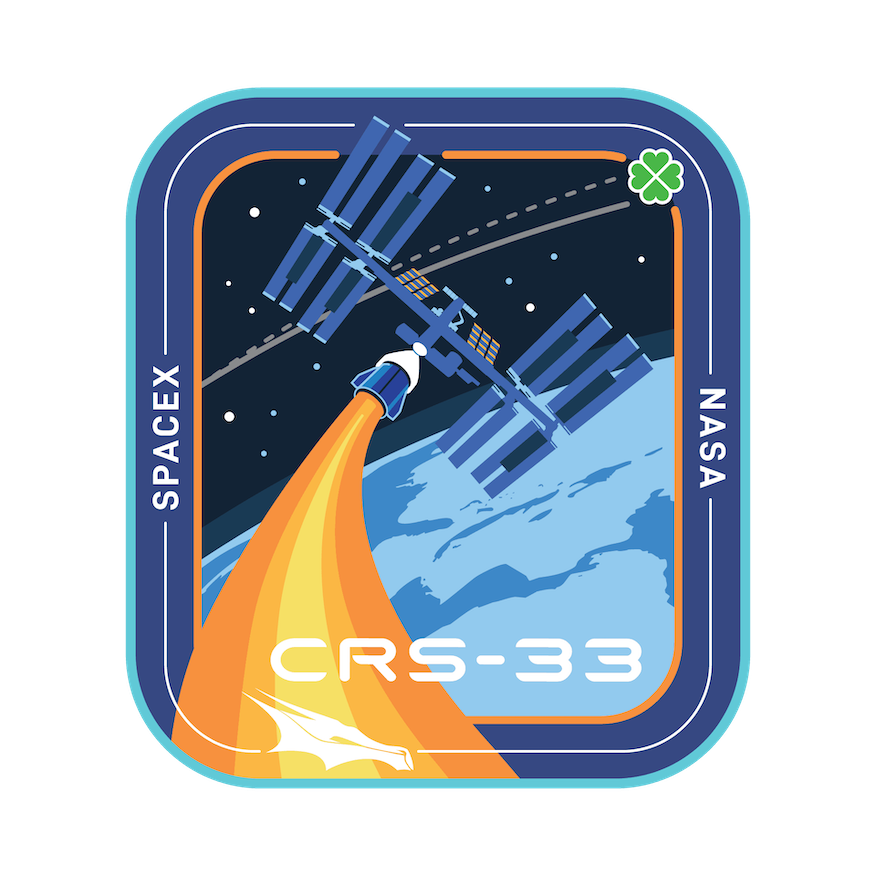
Giving a boost
The boost capability built into the Dragon spacecraft flying this mission has been in the works for some time. C208 performed a demonstration of a boost capability during the CRS-31 mission on Nov. 8, 2024.
Sarah Walker, SpaceX’s director of Dragon Mission Management, said because the Draco thrusters on the capsule aren’t oriented optimally to perform a booster maneuver, SpaceX needed to design a new boost kit that would live in the unpressurized trunk.
She said SpaceX added some new attach points to the inside of the trunk in order to mount the propulsion system, which will be on all future trunks. Walker said the propellant tanks were used during the launch abort tests performed with Dragon in 2020 and the Draco engines were flown on the Crew-8 mission.
“Those are all mounted to this cargo rack assembly that we would normally mount unpressurized payloads to. We specifically added six propellant tanks, one pressurant tank, two Draco engines and a new heater and and insulation system to address the thermal considerations when these engines are firing for prolonged periods of time,” Walker said.
“We took some spare comms channels that already existed on Dragon and we routed them through the umbilical connections in the claw down to the trunk, so that we could talk to the boost kit,” she added.
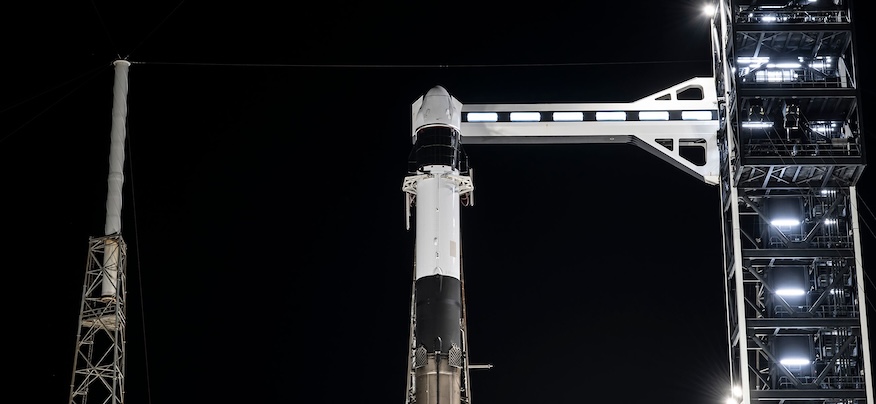
Spetch said the boost kit would give Dragon about 1.5 times the reboost capability of a Russian Progress spacecraft. He said although Progress would make one or two reboost burns, the plan is for Dragon C211 to perform “the vast majority” of orbit raising maneuvers while it is docked at the station.
“We’ve meticulously planned out these reboost times with the entire partnership because it’s important for where it sets up the ISS for all the visiting vehicles to come to it. And so, we have this one planned out really closely,” Spetch said.
This mission will help inform the development of the U.S. Deorbit Vehicle, which is an extension of the Dragon architecture that’s designed to help the U.S. and Russia perform a controlled deorbit of the ISS around 2030 or 2031.
New science and supplies going up
Onboard the Dragon spacecraft will be 5,070 pounds (2,300 kg) of cargo with the majority of that (2,405 lbs. / 1,091 kg) being crew supplies, like food and clothes. Among that are 129 standard bags containing food; 33 crew-specific bags; 18 bags for coffee and tea; and 14 bags just for tortillas.
“This is the first time that tortillas now have their very own bulk overwrap bags. Instead of being tucked into other food categories, this mission is actually delivering 14 dedicated tortilla bags, carrying a total of over 1,500 tortillas to fuel future crew meals in orbit,” Spetch said. “We fly tortillas because other breads and things like that have too many crumbs and things of that nature, so you can’t actually maintain it in orbit. And tortillas are a great substitute for that.”
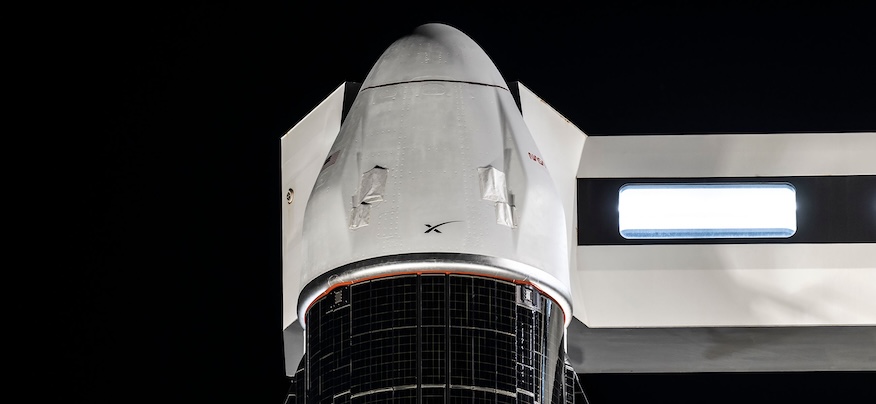
There are also 985 pounds (447 kg) of science investigation supplies. Among the investigations heading into orbit are a European Space Agency (ESA) metal 3D printing experiment, a biotechnology experiment studying lab grown liver tissues with blood vessels and 3D-printed medical implant experiment that would be capable of either delivering drugs or treating heath conditions, like nerve injuries.
“The SpaceX 33 Cargo Dragon spacecraft specifically will be carrying the hardware and samples to support right around 50 difference scientific studies and research facilities,” said Heidi Parris, the associate program scientist for NASA’s ISS Program Research Office.
Stay Informed With the Latest & Most Important News
Previous Post
Next Post
-
 01From Polymerization-Enabled Folding and Assembly to Chemical Evolution: Key Processes for Emergence of Functional Polymers in the Origin of Life
01From Polymerization-Enabled Folding and Assembly to Chemical Evolution: Key Processes for Emergence of Functional Polymers in the Origin of Life -
 02Panasonic Leica Summilux DG 15mm f/1.7 ASPH review
02Panasonic Leica Summilux DG 15mm f/1.7 ASPH review -
 03Two Black Holes Observed Circling Each Other for the First Time
03Two Black Holes Observed Circling Each Other for the First Time -
 04How New NASA, India Earth Satellite NISAR Will See Earth
04How New NASA, India Earth Satellite NISAR Will See Earth -
 05And Thus Begins A New Year For Life On Earth
05And Thus Begins A New Year For Life On Earth -
 06Astronomy Activation Ambassadors: A New Era
06Astronomy Activation Ambassadors: A New Era -
07SpaceX launch surge helps set new global launch record in 2024












